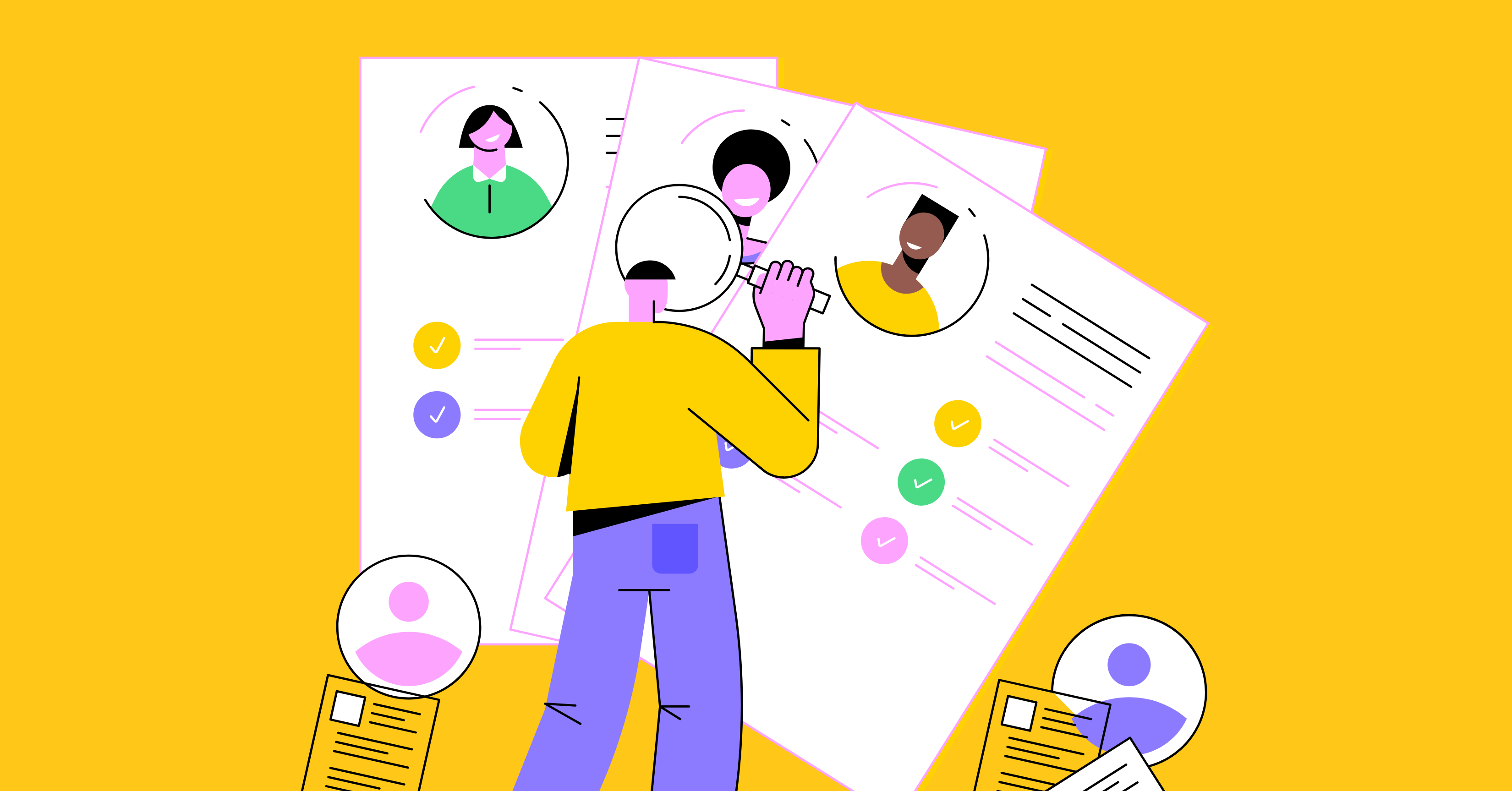We are living in an era of unprecedented tech innovation — one where artificial intelligence, once an elusive sci-fi dream, is increasingly becoming an integral part of our daily existence. Tech companies are touting their latest AI innovations, and soon, AI will likely be woven into the fabric of every platform.
Financial sector companies are always seeking to fast-track insights, improve predictive analytics and forecasting, optimize engagement, and uplevel their overall customer experience. So, naturally, AI’s data-crunching capabilities and lightning-fast analytics sound like the industry’s dream come true.
It’s true there are many compelling use cases for AI by financial services companies in particular, as they strive to differentiate their offerings with technology and deliver increased value by leveraging data-driven insights. We’re talking about everything from improving fraud detection and exploring AI-based assistants as productivity enhancers to optimizing lending parameters and fine-tuning risk assessment.
The question remains: How do they handle this immense potential while operating in such a tightly regulated space?
Real Life Financial Sector AI Use Cases
The financial industry is made up of many subsectors, from banking to fintech, insurance, investments, and more. It’s a highly competitive sector, with companies constantly looking for an edge over one another. Today, leaders in this sector are innovating to bring AI to the forefront of their business.
AI-based lending platforms like Upstart and C3.ai seek to approve more borrowers, lower default rates, and reduce fraud risk. According to the Motley Fool, Upstart uses AI models to screen potential borrowers and establish forecasts on creditworthiness that the company considers to be more accurate than using credit scores.
Where some are focused on creditworthiness, other finance companies are intent on improving fraud detection, which is a severe problem for financial institutions, and companies are looking to AI for new solutions. Machine learning algorithms can sort through vast volumes of transaction data, flagging suspicious and potentially fraudulent activity and recommending risk parameters to help block identity theft attempts, suspicious logins, and fraudulent transactions. IBM’s AI-driven Watson Studio does just that, improving fraud detection, prediction, and prevention for its customers.
Investment platforms, too, are turning to AI to help recommend stock picks and content for users. Robinhood may be the best example of a platform seeking to differentiate itself from competitors by recommending investment opportunities based on things like investing style, history, and risk tolerance, personalizing the user experience, and ramping up engagement.
AI in the World of Finance
AI has historically gained relatively broad adoption in financial services through chatbots and machine learning algorithms, but today’s leaders are setting their sights on deeper applications to supercharge their external offerings as well as enhancing internal operations. Still, finance and other heavily regulated industries like healthcare will always require human judgment. Humans are the most important element of an AI strategy, whether it’s for creative and marketing or financial applications, meaning organizations cannot solely rely on technology to make decisions that significantly impact people’s lives.
The cost-saving potential of AI, however, is not lost on the financial industry, only ramping up the appeal of AI to financial institutions. While companies have made some in-roads to AI adoption in various ways, unique challenges in implementing AI because of compliance concerns and opaque algorithmic processes persist. Here’s how some industry leaders are paving the way, and there are ways to help surmount these hurdles through defined guardrails, transparency, and more.
Top AI Challenges — and Solutions — for Highly Regulated Industries
As highly regulated industries grapple with how to tap into AI’s full potential, it’s important to examine the obstacles that arise. Here are some top challenges — and ways to mitigate them — to implementing this technology that are all too common in highly regulated industries.
1. Challenge: Lack of transparency
Many AI algorithms lack sufficient guardrails and controllability. Their opaque decision-making processes and inner workings make it challenging to detail how a system arrived at a particular output. When it comes to people’s money and health, a lack of transparency simply poses too many risks.
Solution: Provide openness and transparency
AI tools that provide clarity around their conclusions are essential for regulated industries. Consider the training data the model receives, how the system uses the data, how the data is secured, and ensure that a large enough data set is used. This level of openness will allow companies to do audits and ensure the system operates as intended, per regulatory guidelines.
2. Challenge: Risk aversion
Highly regulated industries typically have high-stakes operations, where people’s livelihoods, health, and safety are on the line, which means mistakes come at enormous costs.
Solution: Set expectations
Establish AI’s specific purpose and scope to help align stakeholders and provide a quantifiable framework for measuring success. Ensure there’s ample time to lean into new AI-aided workflows slowly to ensure that they are meeting their mark and pivot if needed.
3. Challenge: Implicit bias and unfairness
AI algorithms actually inherit and even amplify biases in the data sets on which they were trained. While fairness in AI is commonly defined as providing fair or impartial treatment, fair can mean different things in different contexts to different people.
Most AI that is built by outside companies does not give users the ability to detect bias or inherent flaws, which means conclusions can’t be examined or audited. If a doctor uses AI to recommend a course of treatment for one patient, but another patient with a similar diagnosis is given another diagnostic approach, what does this mean? Are they both correct? Wrong? What are the factors that led to divergent recommendations?
Solution: Set guardrails
Whenever possible, control the inputs into your company’s AI platform. By using predefined rules and processes, AI systems are far less likely to deviate from the established norm or violate regulatory policies, improving transparency, enhancing auditability, and trust. Some AI tools have certain guardrails built into their framework to help users avoid non-compliance.
4. Challenge: Hesitancy to change
Finance and healthcare industries often rely on legacy systems, and overhauling them to integrate AI can seem daunting, requiring significant money, time, and resources. Adding to the pressure, any changes must also comply with an ever-changing regulatory landscape that necessitates extensive testing, validation, and documentation.
Solution: Crawl, walk, run
Start small and ramp up slowly. Large-scale adoption before your company is ready could lead to regulatory violations and non-compliance that can set your organization back. Consider the crawl, walk, and run approach as an on-ramp to AI success.
Crawl: Investigate the potential business applications to find low-risk, high-impact functions that can act as test use cases.
Walk: Start with specific cases or departments or apply the tech at just one office or branch. Pressure test how initial forays into using AI are going and learn what is working and what is not.
Run: Once you’ve successfully tested, refined, improved, and verified your company’s selected AI tools, begin to explore integrating it and other AI tools into more complex use cases and larger ecosystems.
__________________________________
Bottomline
AI is sweeping the world — and highly regulated industries like finance and healthcare are still looking for new ways to leverage the power of this technology while remaining compliant with stringent industry regulations. While hurdles exist for more full-throttle implementation, humans remain the most critical element in building and maintaining an AI strategy. Experts must interpret, assess, and verify AI outputs, using critical thinking and judgment to determine the best course of action.
Creative Circle can help your team crawl, walk, and run their way to adopting AI workflows, helping to create seamless and effective interdependencies between your human talent and AI. We have experts ready to get your organization up to speed in carefully calibrated steps so that you, too, can thrive in the fast-evolving world of AI.



